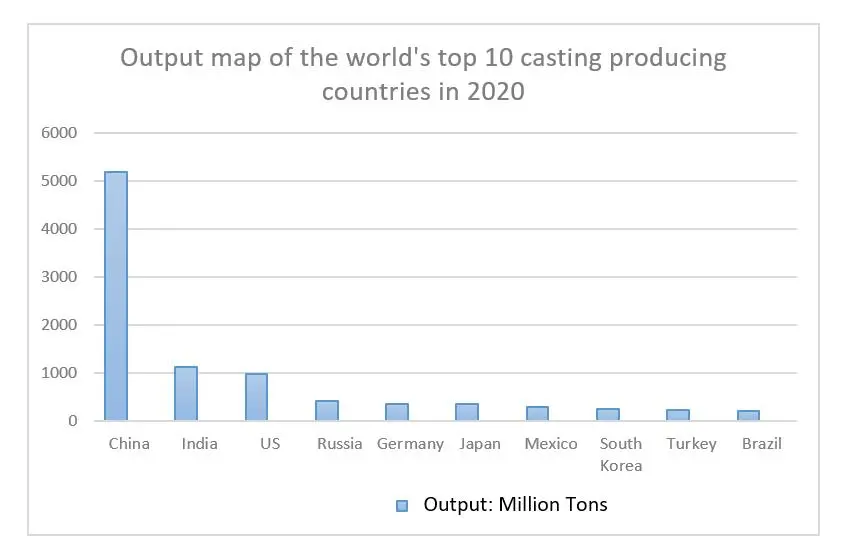Understanding Sand Casting Services
Sand casting is one of the oldest and most versatile manufacturing processes used to create metal parts. It involves the use of sand molds to form molten metal into desired shapes. With its ability to produce complex geometries, sand casting has become a popular choice across various industries, including automotive, aerospace, and industrial machinery. This article explores the core aspects of sand casting services, highlighting their advantages, processes, and applications.
The Sand Casting Process
The sand casting process begins with creating a mold from a pattern, which is typically made from metal or a durable material. The pattern is coated with a release agent to ensure that the mold can be easily removed after the metal has cooled. Once the pattern is prepared, the next steps involve
1. Mold Preparation Fine sand, often mixed with a binding agent such as clay, is compacted into two halves around the pattern. The two halves, called cope and drag, are then separated to remove the pattern and create a cavity for the molten metal.
2. Pouring The selected molten metal, which can be aluminum, iron, or stainless steel, is poured into the cavity created by the mold. The sand mold provides excellent details and shapes, ensuring that the final product is an accurate reflection of the design.
3. Cooling After the metal has been poured, it is allowed to cool and solidify. The cooling time can vary based on the type and thickness of the metal, as well as the complexity of the casting.
4. Mold Removal Once the metal has cooled, the sand mold is broken apart, and the casting is removed. The sand is usually reusable, making the process cost-effective and environmentally friendly.
5. Finishing The final step involves cleaning and finishing the casted part. This may include grinding, machining, or polishing to achieve the desired surface finish and dimensions.
Advantages of Sand Casting
Sand casting services offer numerous benefits that make them an attractive option for manufacturers
- Cost-Effective Sand casting is relatively cheaper than other casting methods, especially for large components
. The molds can be created quickly using inexpensive materials, making it ideal for low to medium production runs.sand casting services

- Flexibility This method accommodates various metal types along with various sizes and weights of castings, from small intricate parts to large heavy components.
- Complex Shapes Sand casting is capable of producing intricate shapes that would be difficult or impossible to achieve using other methods. This versatility allows designers to explore complex designs that enhance product functionality.
- Material Variety A wide range of metals can be used in sand casting, including iron, steel, aluminum, and bronze, allowing manufacturers to choose materials based on specific performance requirements.
Applications of Sand Casting
The applications of sand casting are vast and diverse
- Automotive Industry Sand casting is widely used in the production of engine blocks, transmission cases, and other components due to its ability to produce robust and durable parts.
- Aerospace Components such as turbine housings, landing gear, and brackets benefit from the lightweight and strength properties of cast metals produced through this method.
- Industrial Machinery Manufacturing equipment, pumps, and valve bodies often utilize sand casting for their intricate designs and durability.
- Art and Sculpture Beyond industrial applications, sand casting is also employed in creating artistic sculptures and decorative elements.
Conclusion
In summary, sand casting services play a crucial role in modern manufacturing, offering a blend of versatility, cost-effectiveness, and quality. This time-honored process continues to evolve with advancements in technology and materials, ensuring it remains relevant in today's fast-paced production environment. As industries continue to seek innovative solutions to meet their specific needs, the demand for proficient sand casting services is likely to grow, solidifying its place in the manufacturing landscape. If you're considering using sand casting for your next project, it's important to partner with a reputable service provider that understands your requirements and can deliver high-quality products.
Post time:Δεκ . 24, 2024 13:08
Next:Understanding Tolerances in Sand Casting Processes for Improved Quality Control
